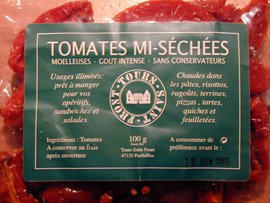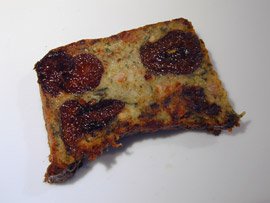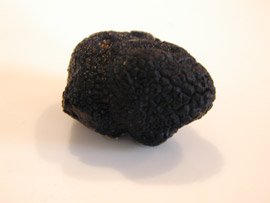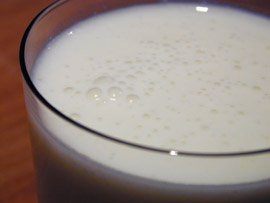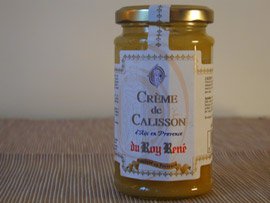
On a recent Saturday morning, Marie-Laure, Ludo and I embarked on a large-scale cooking-toy shopping expedition, ostensibly to get Laurence a birthday present. It was their first time experiencing the magic of E.Dehillerin, A.Simon and Mora, and we had a grand time, which culminated in a delicious lunch at Oliopanevino, a tiny Italian restaurant a stone’s throw from Dehillerin.
Among the absolute must-sees of the area is, of course, G.Detou. In addition to being a splendid place to buy baking supplies in bulk, G.Detou also offers a selection of great products in regular sizes – chocolate, jams and condiments – for a much more reasonable price than anywhere else.
And there, amidst the candied violets and the chocolate-covered almonds, stood this jar of crème de calisson. Calisson! Creamy! In a jar! If that isn’t the best idea in the history of mankind, I don’t know what is.


